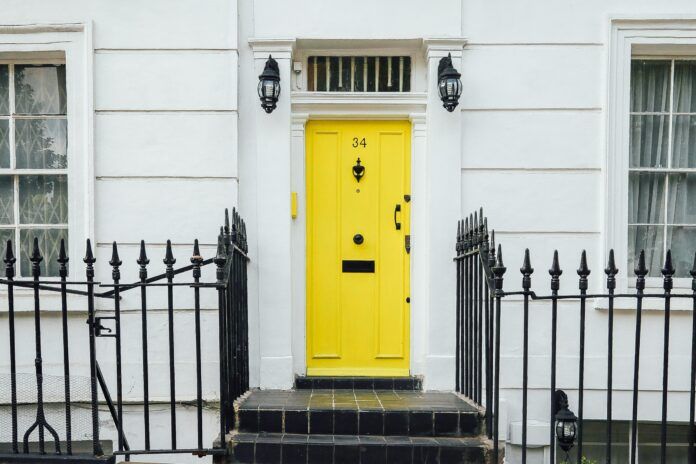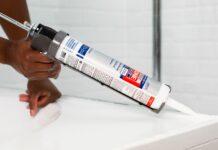If you are planning to build a house, you should consider minimizing your energy consumption door. Thermal modernization of buildings is, therefore, more cost-effective due to lower heating bills. If you opt to acquire energy-efficient or passive doors, what kind of co-financing can you expect to receive?
An apartment or house that is modernized reaps several rewards. Reduced heating expenditures are a direct result of less energy loss due to the installation of warm outside doors. Interiors will be warmer, as well as the walls and flooring. As much as 35 per cent of thermal energy can escape through doors and windows that do not meet energy efficiency regulations.
Everyone appreciates the idea of saving money on their heating bills. Energy-efficient and passive dwellings are becoming increasingly popular. This status is only awarded to houses that meet the applicable requirements and have very good parameter values (see table below).
A door’s heat transmission coefficient the most essential measured metric. What types of doors may we consider energy-saving? An entrance door should have a U-value of 0.
The Importance Of Energy-saving Exterior Doors
If you want to answer this question, you’ll need to know how a typical building’s heat loss percentage is spread. Heat escapes from buildings through walls and corners, and another 25-30 per cent escapes from roofs. Doors and windows can lose up to 20 per cent of the heat. The U-value of your entrance door determined to make the appropriate selection.
As well as being watertight and wind-resistant, energy-saving entrance doors must also be wind and water-resistant. Air permeability, even at the lowest level, is just as significant. The employment of additional features and materials capable of increasing their tightness is therefore required in energy-efficient doors. The leaves and the frames therefore sealed with additional seals.
It common for the threshold of energy-efficient front doors manufactured out of an energy-efficient composite or composite mixed with metal. Doors are usually typically thicker and have larger frames.
Integrated Energy-saving & Anti-burglary Doors
Also, if you install anti-burglary protection in the energy-saving entrance door, the door will provide security against heat loss as well as theft and burglars.
This can be achieved even when there are multiple locking points inside and anti-burglary inserts that provide 3D protection against picking, drilling as well as tearing and twisting attempts.
Each producer uses a variety of technological advancements to its advantage. To strengthen the level of door security, special fingerprint scanners or other devices installed. As a result, energy-saving security doors provide double safety for your home.
Energy-saving Doors Have A Pleasing Appearance
It primarily used in new construction, and often designed in an unusual, modern shape. To keep up with current trends, door manufacturers modify their designs accordingly. A lot of the time, they combine aluminium, stainless steel, and wood to create fascinating aesthetic solutions.








